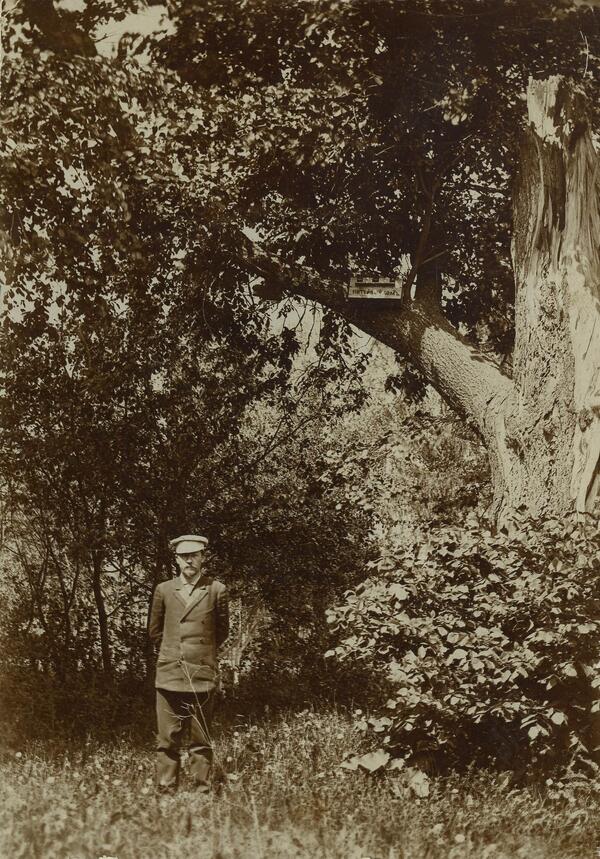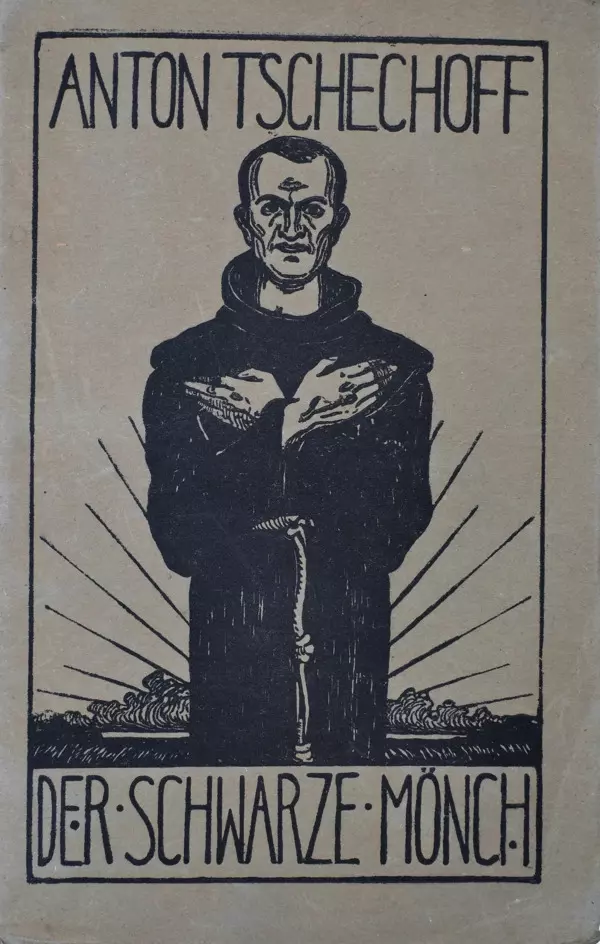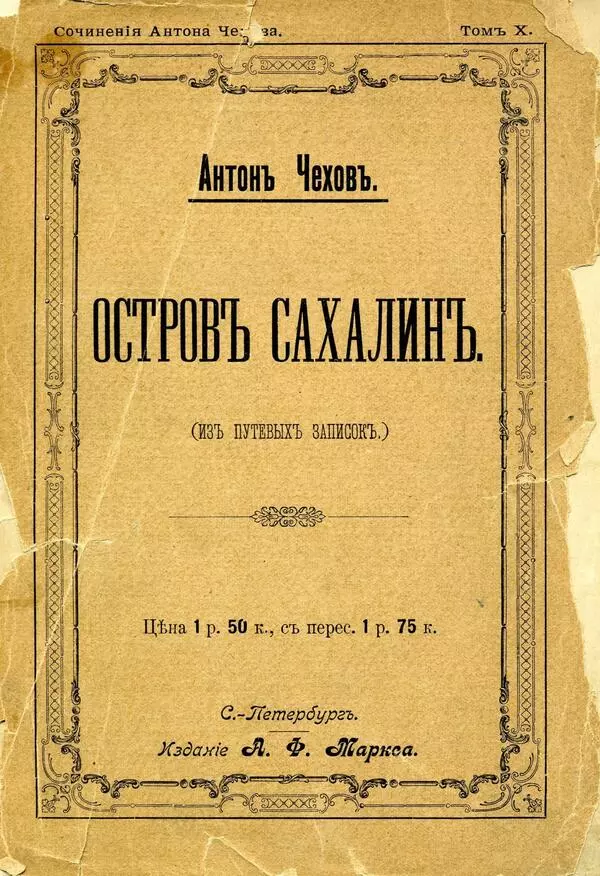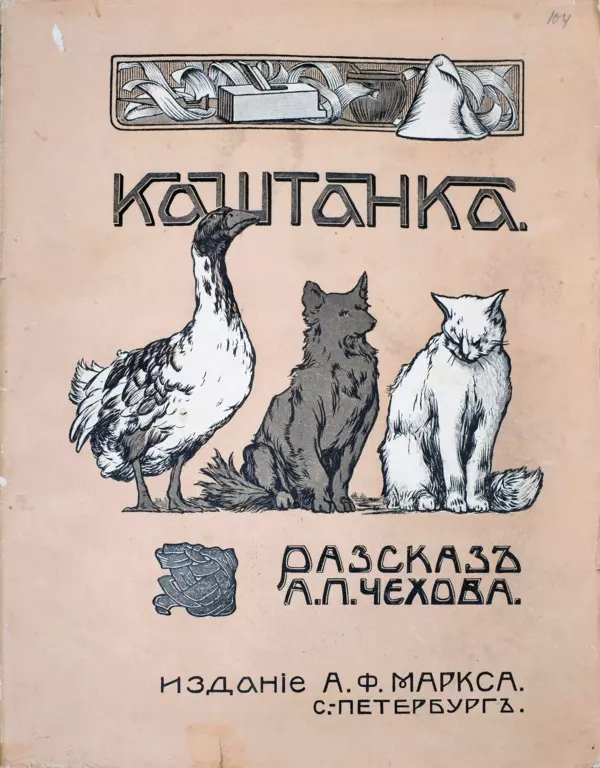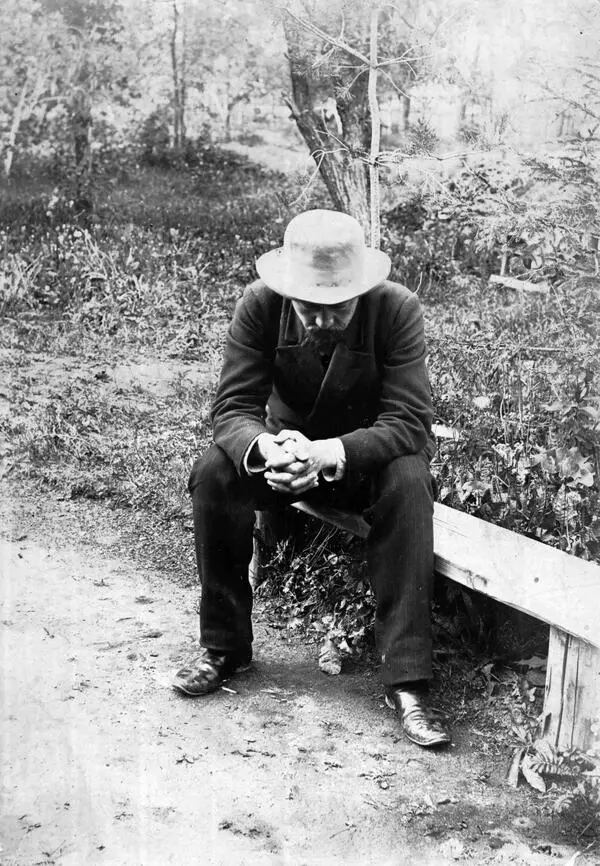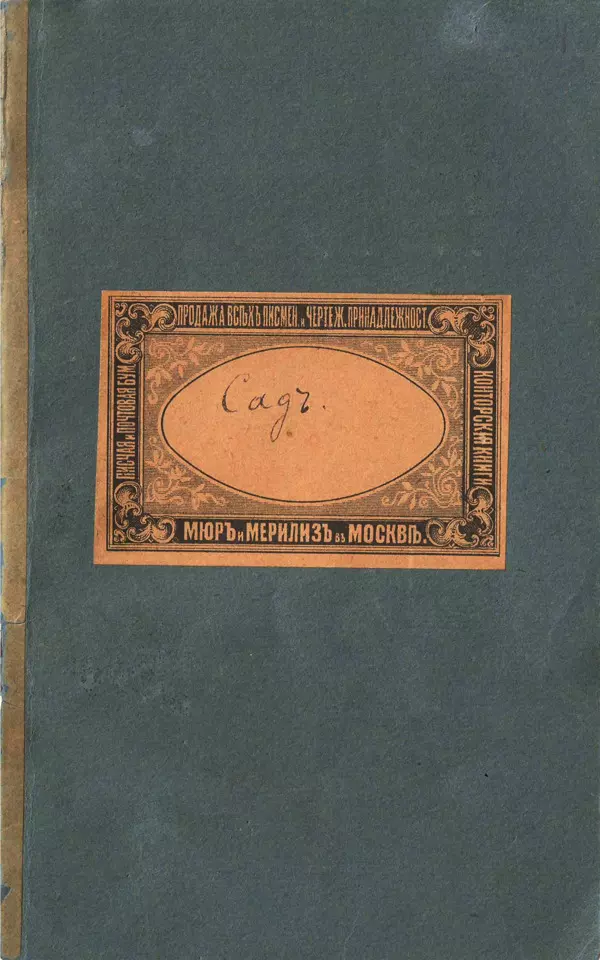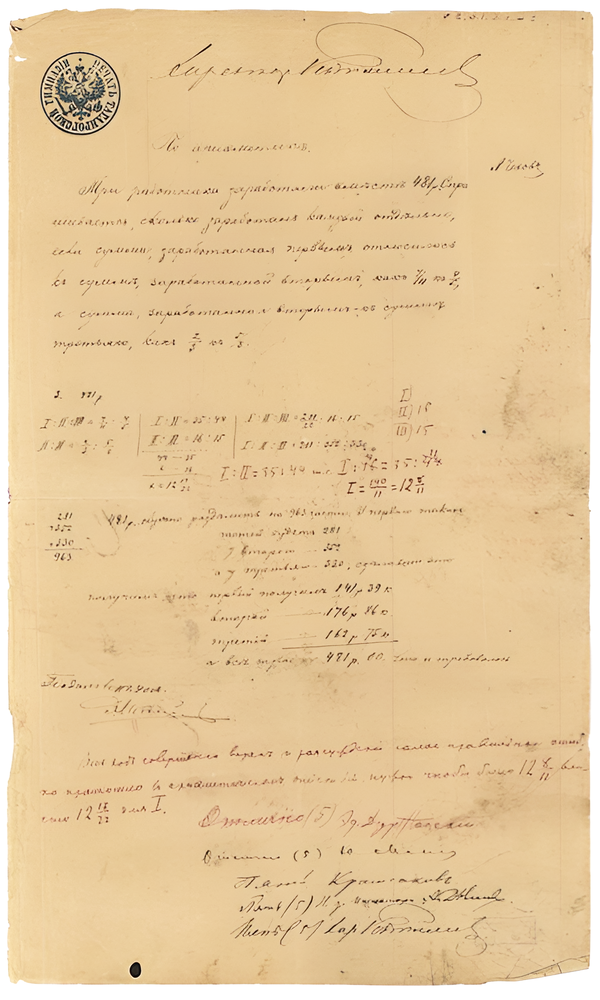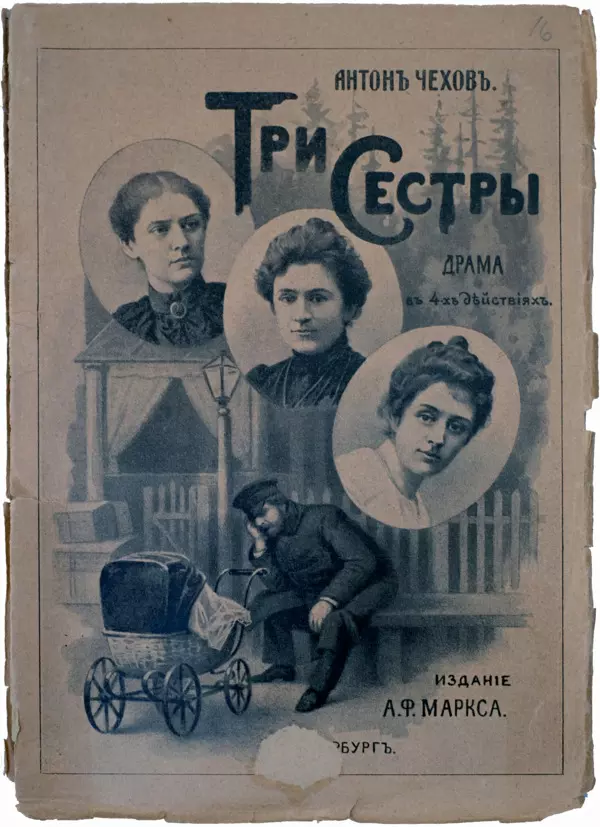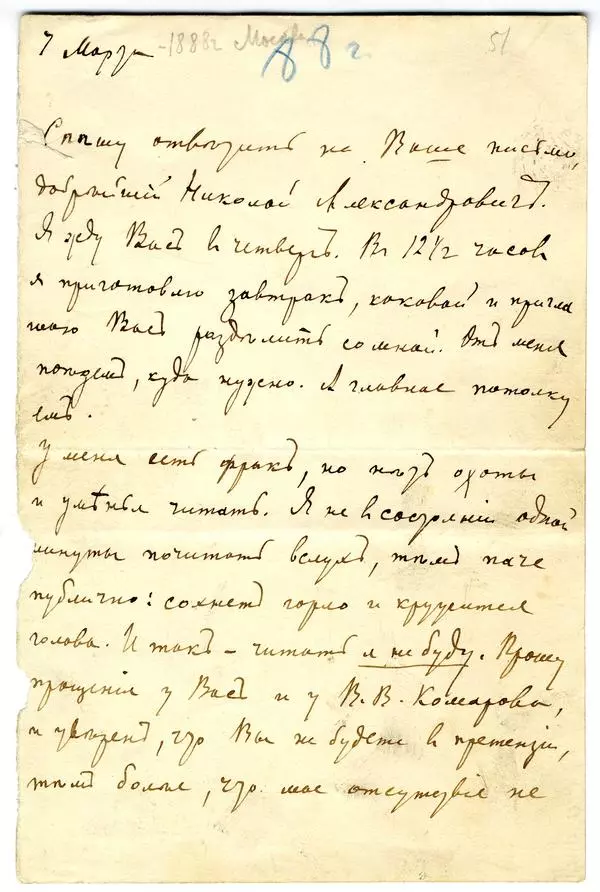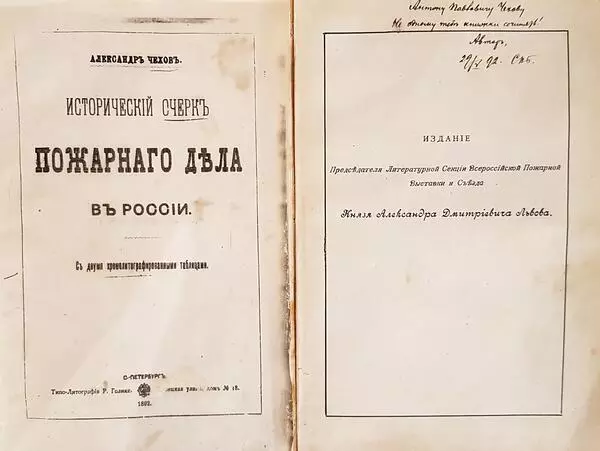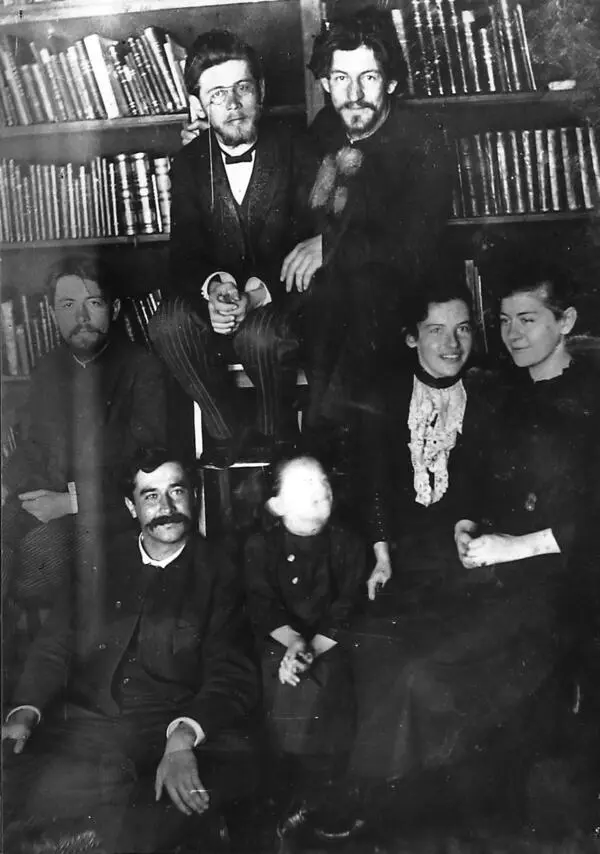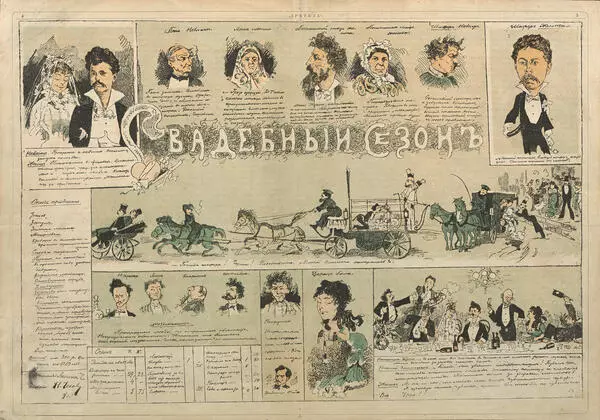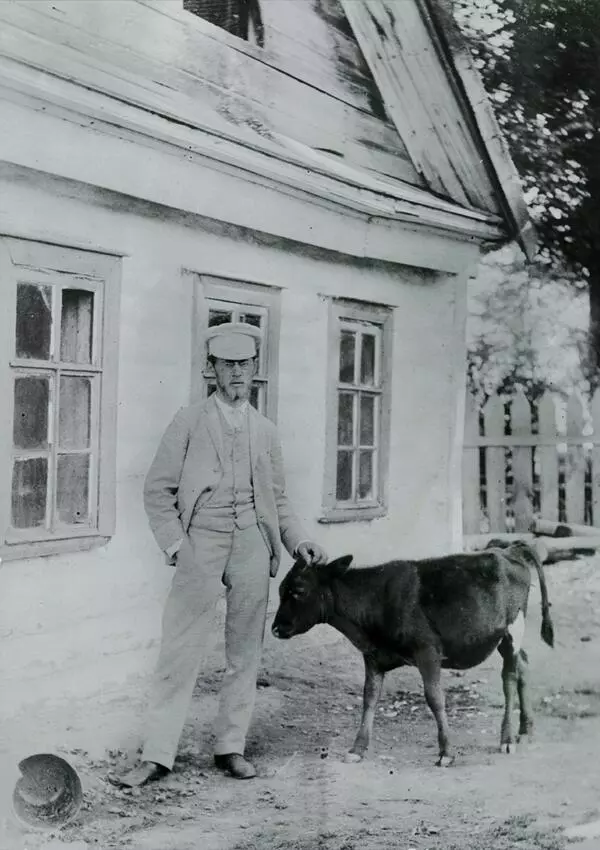The picture shows Anton Pavlovich Chekhov at his estate in Melikhovo. To his right is an old elm tree, which the Chekhovs called “The Oak of Mamre”. This is the first summer of the Chekhovs at the estate, so the garden is not yet quite tidy. The writer’s elder brother Alexander Chekhov reminisced,
Anton Chekhov at “The Oak of Mamre”
Время создания
1892
Место создания
Melikhovo, Russia
Размер
14,2x9,1 cm
Техника
photograph
2
Открыть в приложении#1
Alexander Chekhov
Anton Chekhov at “The Oak of Mamre”
#11
#12
The garden had been neglected, and this added a special charm to it. It was all overgrown with tall, dense grass, and there was an old branchy tree with a hollow trunk almost two girths thick, which was called ‘The Oak of Mamre’ from the Bible; it was especially beautiful and even majestic in its kind, compared to the young stock.
#13
The Melikhovo elm was indeed similar to the images and descriptions of the tree in the valley of Mamre — sprawling, powerful, with a bifurcated trunk. According to the tradition, Abraham met God and three angels under the Oak of Mamre. This story is widely depicted in the icons “The Old Testament Trinity” and “The Hospitality of Abraham”.
At the end of the 19th century, the legend of the Oak of Mamre gained particular popularity because a tree was found in Palestine that was recognized as a genuine biblical relic. The land around it was bought by the Orthodox Archimandrite Antoninus, and the Holy Trinity Monastery was founded nearby. The tree attracted pilgrims from all over the world, and the image of the Oak of Mamre began to feature in photographs, drawings, and postcards. Anton Pavlovich could have seen some of them and, in his inherent sense of wit and respect, chose this name for his own tree.
Alexander Chekhov recalled that his brother Mikhail had attached a birdhouse with three compartments on one of the thick side branches of “The Oak of Mamre”. The inscription on the birdhouse read “Drinking House”. There were many birdhouses scattered around the garden. Anton Pavlovich was very keen to see the spring come, he was excited about the melting of the snow, the swelling of the buds and the arrival of the birds. He was especially fond of starlings and in his letters to Alexander wrote,
At the end of the 19th century, the legend of the Oak of Mamre gained particular popularity because a tree was found in Palestine that was recognized as a genuine biblical relic. The land around it was bought by the Orthodox Archimandrite Antoninus, and the Holy Trinity Monastery was founded nearby. The tree attracted pilgrims from all over the world, and the image of the Oak of Mamre began to feature in photographs, drawings, and postcards. Anton Pavlovich could have seen some of them and, in his inherent sense of wit and respect, chose this name for his own tree.
Alexander Chekhov recalled that his brother Mikhail had attached a birdhouse with three compartments on one of the thick side branches of “The Oak of Mamre”. The inscription on the birdhouse read “Drinking House”. There were many birdhouses scattered around the garden. Anton Pavlovich was very keen to see the spring come, he was excited about the melting of the snow, the swelling of the buds and the arrival of the birds. He was especially fond of starlings and in his letters to Alexander wrote,
#14
Starlings have already arrived here, they have begun to build their nests and sing. And what about you in the north? Have they not come there yet?
#10
Ministry of Culture of the Russian Federation
читать дальшескрыть
00:00
00:00
1x
Anton Chekhov at “The Oak of Mamre”
Время создания
1892
Место создания
Melikhovo, Russia
Размер
14,2x9,1 cm
Техника
photograph
2
Открыть в приложении
Поделиться

